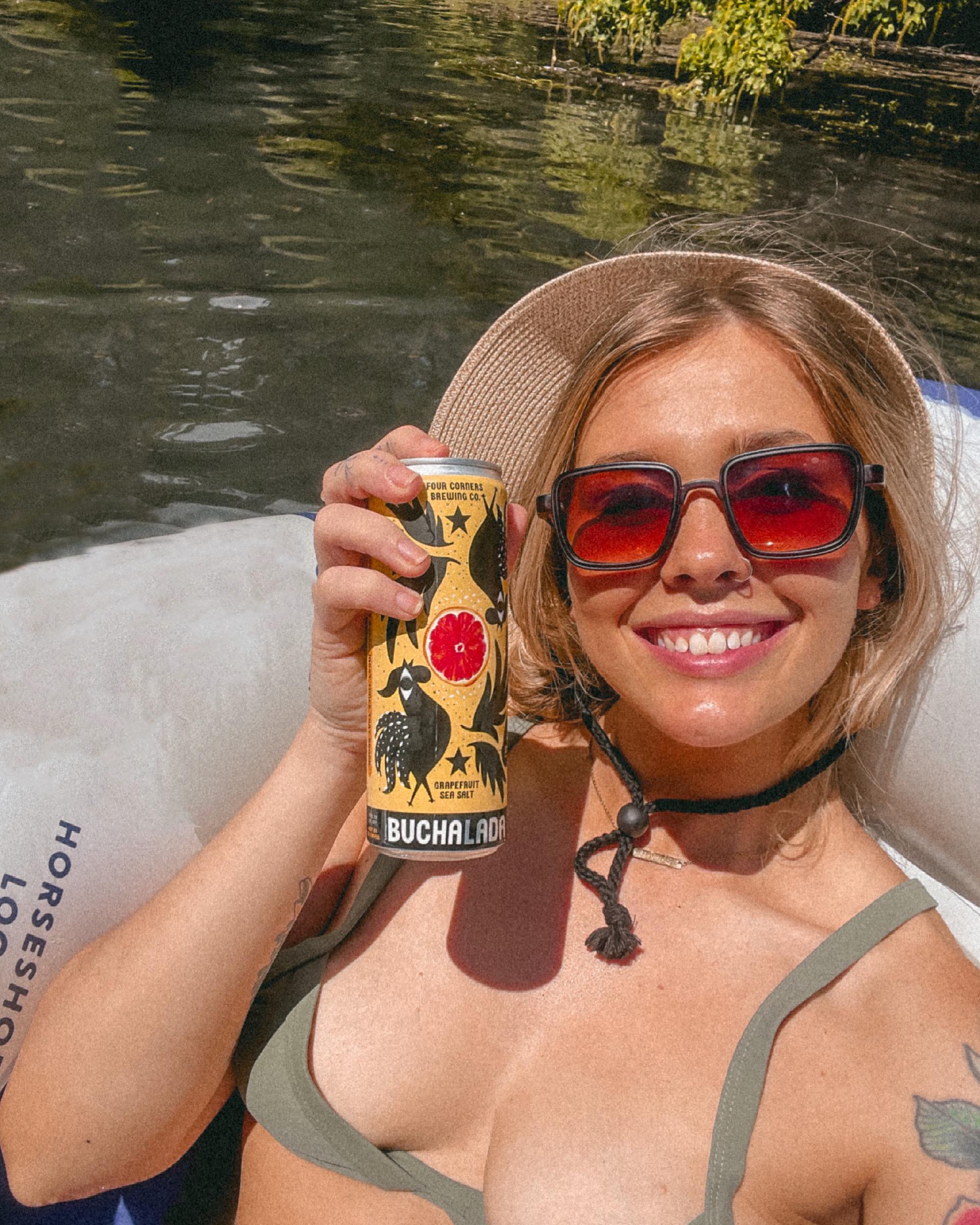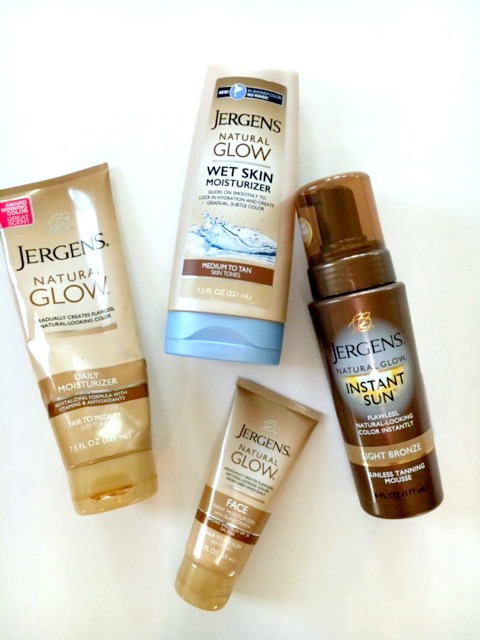The Fascinating History of Tanning: From Ancient Rituals to Modern Trends

Tanning has been a part of human culture for centuries, from ancient Egypt to modern-day beach vacations. Whether for fashion, health, or social status, people have been seeking out the sun’s rays to achieve a golden glow. In this article, we’ll explore the cultural significance of tanning throughout history, as well as how trends in tanning have evolved over time. This is a brief history of tanning.

Ancient Tanning Practices
The earliest records of tanning date back to ancient Egypt, where people used a mixture of plant extracts and oils to achieve a dark skin tone. The Egyptians believed that a tanned complexion represented social status and beauty, as it suggested a life of leisure spent indoors. Tanning was also used to protect the skin from the harsh desert sun and to ward off skin cancer.
Similar tanning practices were also found in other ancient cultures, such as Greece and Rome. In ancient Greece, a tanned complexion was considered a sign of physical fitness and athleticism, as it suggested that one spent time outdoors. Roman women would often apply a mixture of lead and vinegar to their skin to achieve a pale complexion, but men would frequently spend time outside to get a natural tan.
While the Greeks did not intentionally use lead to tan their skin, some did apply a mixture of lead and vinegar to their faces as a way to achieve a pale complexion. However, the health implications of using lead-based products were not fully understood at the time.

Lead is a toxic substance that can cause a range of health problems, including neurological damage, anemia, and kidney damage. Ingesting or inhaling lead can be particularly harmful, and the use of lead-based cosmetics and medicines was linked to various health issues throughout history.
In the case of the Greeks, the use of lead-based products to achieve a pale complexion was likely not widespread enough to cause significant harm to the population as a whole. However, it is possible that some individuals who used these products regularly may have experienced negative health effects over time.
Today, lead-based cosmetics and medicines are banned in many countries due to their known health risks. However, the use of other potentially harmful ingredients in cosmetics and tanning products is still a concern, and many people choose to use natural and organic alternatives to avoid exposure to harmful chemicals.
Tanning in the Middle Ages
During the Middle Ages, tanning was largely frowned upon by society. Fair skin was seen as a sign of purity and nobility, while tanned skin was associated with peasants and outdoor laborers. As a result, people would often wear long sleeves and hats to protect their skin from the sun’s rays.
However, tanning did have some medicinal benefits during this time. Doctors would often recommend sunbathing as a treatment for various ailments, such as tuberculosis and rickets. The sun’s UV rays were believed to have a healing effect on the body, and people would often travel to sunny destinations for “health tourism.”
The Rise of Modern Tanning
In the early 20th century, tanning began to make a comeback as a fashion statement. Coco Chanel, the legendary French designer, popularized the “bronze look” after returning from a Mediterranean vacation with a deep tan. Other celebrities soon followed suit, and tanning became a symbol of luxury and leisure.
In the 1960s, the advent of commercial tanning beds made it easier than ever to achieve a tan year-round. However, it wasn’t until the 1980s that tanning really took off as a trend. The era of big hair and neon clothing was also the era of the “California tan,” which was achieved through a combination of sunbathing, tanning beds, and self-tanning products.
Today, tanning is still a popular trend, but with a greater awareness of the risks of UV exposure. Many people opt for safer alternatives, such as spray tans and self-tanning lotions, or take precautions when spending time in the sun, such as wearing sunscreen and seeking shade.
Conclusion of the History of Tanning
From ancient Egypt to modern-day fashion trends, tanning has had a long and varied history. Whether for social status or health preference, tanning has remained a constant throughout the ages. While tanning may have started as a way to protect oneself from the sun or to show social status, it has evolved into a fashion statement and personal preference. However, it is important to remember the potential health risks associated with excessive exposure to UV rays and to take precautions such as wearing sunscreen and limiting time spent in the sun. With a greater understanding of the risks and benefits of tanning, we can make informed choices about how to achieve the perfect glow while keeping our skin healthy and safe.
Sources:
- “A Brief History of Tanning.” Elle UK. https://www.elle.com/uk/beauty/body-and-physical-health/a10464/a-brief-history-of-tanning/
- “The Evolution of Tanning: A Cultural History.” Reader’s Digest UK. https://www.readersdigest.co.uk/health/health-conditions/the-evolution-of-tanning
- “The History of Tanning.” HD Tanning. https://hdtanning.com/2016/11/16/the-history-of-tanning/
- “The Tanning Phenomenon: Historical, Cultural, and Health Preservation Issues.” Journal of Environmental and Public Health. https://www.ncbi.nlm.nih.gov/pmc/articles/PMC2775759/
- “A Brief History of Tan.” Bronze Tan STL. https://bronzetanstl.com/brief-history-tan/









